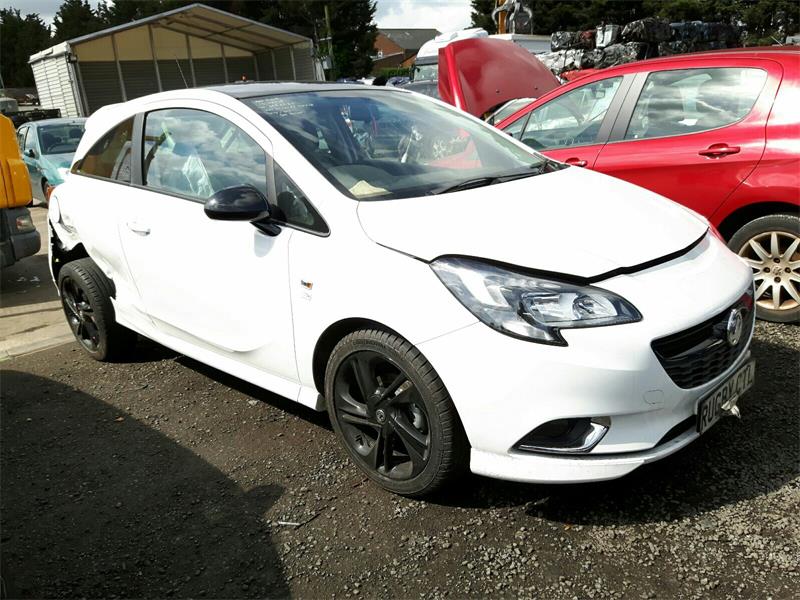
What Is A Cat D Car?
 Category D, Motor Salvage, Salvage Vehicle Categories, Vehicle Repair
Category D, Motor Salvage, Salvage Vehicle Categories, Vehicle RepairChances are you’ve seen a Category D vehicle when you’ve been scrolling through the classified ads online whether it be looking for a new car or just seeing what’s available on the market. Most Cat D vehicles tend to get your attention because they are often significantly cheaper than buying a standard second hand car or you’ll be able to spot visible signs of body damage either to the front, rear or side panels.
The cost saving presented by purchasing a Cat D vs a clear title vehicle is enough to tempt many. However, as with anything in life it pays to do some research and checks to ensure that you are buying from a reputable dealer and that the deal is as good as it looks on paper (or screen).
There are four main recognised categories that an accident damaged car can fall into depending upon the severity of damage and thus the cost to repair the vehicle and return it to the road. For a full breakdown of Cat A, Cat B and Cat C vehicles (as well as other categories used solely in the salvage industry) click here.
Cat D Cars
A category D write-off covers vehicles that have sustained light damage but have been written off by insurance companies in-spite of the costs of repair being less than the pre-accident value.
Often, you’ll notice that a Cat D marker has been placed upon a vehicle when only moderate damage is visible. As with all vehicles the insurance company will assess whether or not repairing the vehicle is a more financially viable option vs writing it off. If the repair option combined with other associated costs such as a hire car are too high the insurance company will take the decision to sell the vehicle to a garage or motor salvage specialist such as us.
Now you know how a Cat D car has become available for sale it’s important that you are armed with top tips for buying a Cat D vehicle to ensure that you bag a bargain. Here’s what we recommend:
Buy from a trusted source
This is an absolute no brainer. Buy from somewhere that you have the most consumer rights and who has the greatest experience in handling vehicles of this kind of nature. If you buy a Cat D from an experienced motor salvage specialist you will be in better hands than a private option.
See the vehicle in person
Whilst it is in the best interest of sellers to present the vehicle in its best possible light some may look to hide imperfections or more obvious damage in the case of a Cat D. Contact the seller and book an appointment to see the vehicle in person. Your own eyes will give you the peace of mind that the car is as described whilst your visit will also help to judge the trustworthiness of a seller.
Contact the seller / Ask questions when you visit
The seller of any Cat D vehicle should include all of the information that you require in the advert / listing. If you have a question contact them and ask away. Even better, if you are due to view the vehicle ask some questions in person.
If you are looking at purchasing a Cat D vehicle now, in the near future or just want to see what’s available out of curiosity visit our online motor salvage auction platform. We auction 100+ salvage vehicles every week including category D vehicles from all the leading auto manufacturers. Click here to see what is going through auction now.
Nearside vs Offside – How to Tell the Difference
 Car Door Mirror, Car Parts, Car Parts Online, Nearside, OEM Parts, Offside, Spare Parts, Used Car Parts, Wing Mirror
Car Door Mirror, Car Parts, Car Parts Online, Nearside, OEM Parts, Offside, Spare Parts, Used Car Parts, Wing Mirror Common Ford 1.0L EcoBoost Engine Problems
 EcoBoost, Engine Problems, Engine Replacement, Ford, Used Car Engines
EcoBoost, Engine Problems, Engine Replacement, Ford, Used Car Engines 





